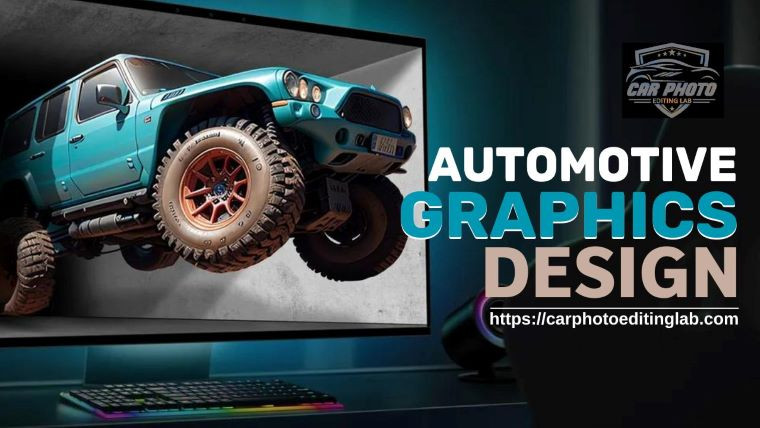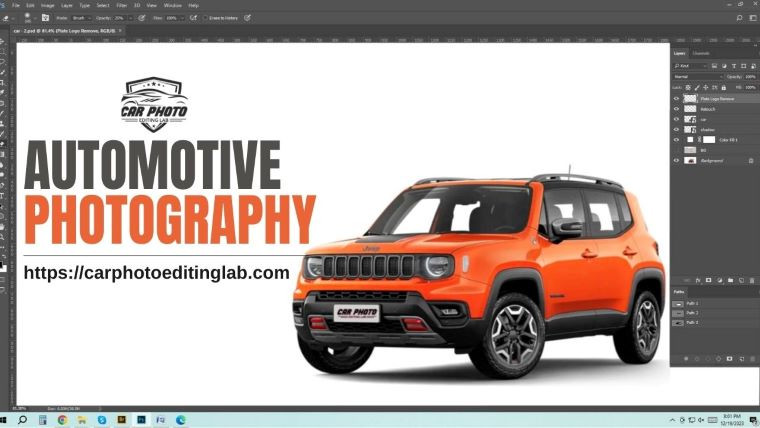-
Contact us with Whatsapp:
+8801734997063 -
Mail Us:
[email protected] -
Service Hours
24/7
A Comprehensive Guide for Photographers

Apr 2024
- 22 Apr 2024
- Business Solution
- 0 Views
A Comprehensive Guide for Photographers
Introduction: Photography is more than just capturing images; it's about freezing moments in time, telling stories, and evoking emotions through visuals. For aspiring and seasoned photographers alike, navigating the vast world of photography can be daunting. However, armed with the right knowledge and techniques, anyone can elevate their craft and create stunning photographs that leave a lasting impact. In this comprehensive guide, we delve into essential tips, techniques, and practices to help photographers of all levels hone their skills and unleash their creativity.
Understanding Your Gear: Before delving into the intricacies of composition and lighting, it's crucial to familiarize yourself with your equipment. Whether you shoot with a DSLR, mirrorless camera, or smartphone, understanding your gear's capabilities is essential. Experiment with different lenses to understand their unique characteristics and how they influence your images. Remember, the best camera is the one you have with you, so don't be discouraged if you don't own the latest and greatest equipment.
Some Studio Instrument for Photography:
Studio photography requires specialized equipment to achieve professional-quality results. Here are some essential studio instruments commonly used in photography:
1. Camera: The heart of any photography setup is the camera. In studio photography, DSLR (Digital Single-Lens Reflex) or mirrorless cameras are popular choices due to their interchangeable lens system, manual controls, and high image quality.
2. Lenses: Various lenses serve different purposes in studio photography. A prime lens with a wide aperture, such as 50mm or 85mm, is ideal for portraits, while a zoom lens provides versatility for capturing different angles and compositions.
3. Lighting Equipment:
✅ Studio Lights: These lights come in various forms, including strobes and continuous lights. Strobes emit a powerful burst of light when triggered, making them suitable for freezing motion. Continuous lights provide a constant light source, allowing for easy previewing of lighting effects.
✅ Softboxes and Umbrellas: These modifiers soften and diffuse the harsh light emitted by studio lights, creating flattering, even illumination on the subject.
✅ Reflectors: Reflectors bounce light onto the subject, filling in shadows and enhancing details. They come in different colors and surfaces to achieve various effects, such as warming or cooling the light.
4. Backdrop System: A backdrop system consists of support stands and various backdrop materials, such as paper, fabric, or vinyl. Backdrops create a clean, uniform background for subjects and can be easily swapped to suit different themes or moods.
5. Light Meters: Light meters measure the intensity of light in a scene, helping photographers achieve proper exposure settings. They provide accurate readings for both ambient and artificial light, ensuring consistent results across different shoots.
6. Tripods and Camera Stands: These stabilize the camera, preventing camera shake and allowing for precise composition and framing. Tripods are essential for long exposure shots or when using slow shutter speeds.
7. Modifiers and Accessories:
✅ Grids and Snoots: These control the direction and spread of light, allowing photographers to precisely sculpt the lighting on their subjects.
✅ Gels: Colored gels are placed over studio lights to add creative effects or correct color temperature mismatches between different light sources.
✅ Remote Triggers: These devices remotely trigger the camera or studio lights, eliminating the need to physically touch the equipment and minimizing the risk of camera shake.
8. Props and Set Design Elements: Depending on the desired theme or concept, photographers may use props and set design elements to enhance the visual storytelling of their images. Common props include furniture, plants, fabrics, and decorative objects.
9. Editing Software: Post-processing software, such as Adobe Photoshop or Lightroom, allows photographers to fine-tune their images, adjusting exposure, color balance, and other parameters to achieve the desired look.
10. Storage and Organization: Proper storage solutions, such as hard drives or cloud-based platforms, are essential for backing up and organizing large volumes of digital images generated during studio shoots.
Mastering Composition: Composition is the foundation of great photography. Photography is not just about capturing moments; it's about arranging elements within the frame to create visually compelling images.The rule of thirds is a fundamental principle that divides the frame into thirds both horizontally and vertically, guiding you to place key elements along these lines or at their intersections. However, don't be afraid to break the rules and experiment with unconventional compositions; innovation often emerges from daring to challenge traditional norms. Leading lines, symmetry, and framing are just a few techniques that can add depth and interest to your photos.
Harnessing Light: Light is the photographer's most potent tool. Understanding how light behaves and how to manipulate it can transform an ordinary scene into a breathtaking photograph. Pay attention to the quality, direction, and intensity of light. Golden hour, the period shortly after sunrise or before sunset, offers soft, warm light that enhances colors and textures. Conversely, harsh midday sunlight can create harsh shadows and wash out colors. Experiment with different lighting conditions and learn to use natural and artificial light sources to your advantage.
Developing Your Style: Finding your unique style is an ongoing journey for every photographer. It's about expressing your vision and personality through your images. Explore different genres of photography, from landscapes and portraits to street photography and abstracts. Experiment with different editing techniques to create a consistent look and feel across your body of work. Don't be afraid to take inspiration from other photographers, but strive to develop a style that is distinctly yours.
Building a Portfolio: A strong portfolio is essential for showcasing your work and attracting clients or collaborators. Curate your best images that reflect your style and expertise. Aim for diversity in subject matter and style to demonstrate your versatility as a photographer. Consider creating an online portfolio website or using social media platforms like Instagram to showcase your work to a broader audience. Don't underestimate the power of networking and collaboration; reach out to other photographers, participate in photo walks, and seek feedback to continually improve your craft.
Continuous Learning: Photography is a journey of lifelong learning and growth. Stay curious and open-minded, and never stop seeking inspiration from the world around you. Take advantage of online resources such as tutorials, workshops, and forums to expand your knowledge and skills. Experiment with new techniques and push your boundaries to evolve as a photographer. Remember that failure is part of the learning process, so don't be discouraged by setbacks. Embrace them as opportunities to learn and improve.
Conclusion: Photography is not just a hobby or profession; it's a way of seeing and experiencing the world. Whether you're just starting or have been photographing for years, there's always room to grow and refine your craft. By mastering composition, harnessing light, developing your style, building a portfolio, and embracing continuous learning, you can elevate your photography to new heights. So grab your camera, step outside, and start capturing moments that inspire and resonate with others. The journey awaits!
Top of Form
























0 Comment